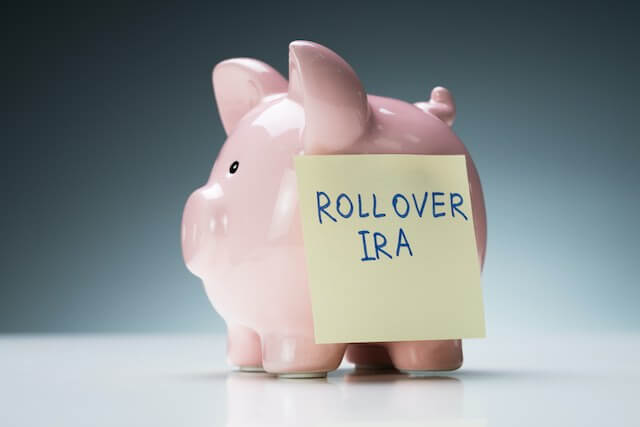Federal retirees can either leave funds in the Thrift Savings Plan (TSP) or move the money elsewhere.
After contributing to the TSP for many years and having familiarity with the platform, some retirees may feel comfortable leaving the funds in the TSP. After all, the costs of management inside the TSP are low.
Many federal employees may think that since things have been working well for them for all these years, there’s no need to make a change. However, is this the wisest choice? While costs inside of the TSP are low, the underlying assumption that there will be no changes in the future is unfortunately not correct.
Required Minimum Distributions
Funds can remain in the TSP upon retirement, but they can’t remain untouched forever. The law requires federal retirees to begin taking required minimum distributions (RMDs) from their TSP accounts beginning April 1st of the year following the year they reach age 72 and every year after.
When it comes to RMDs, it does not matter whether the money is invested in the traditional TSP or the Roth TSP option. Remember that the traditional TSP is tax deferred; taxes not paid when contributions went into the TSP will be taxed when distributions are taken out of the TSP. What this means for a federal retiree is that at age seventy-two at least part of the taxes that were deferred for so many years must now be paid.
This future taxable climate must be considered and will likely lead to a sensible question, “What will the tax bill be when I begin taking RMDs?”
Future Taxes
The short answer to the question of what future tax rates will be is that we do not know. While this answer is admittedly unsatisfactory for most, we can conclusively say that tax rates will do one of three things: go up; go down; or stay the same. This answer is laughably simple, yet it does point out that the only thing we’re certain of regarding future taxes is that there is a great deal of uncertainty. The potential for tax rates to go up in the future is a risk that federal retirees need to address.
The good news is that the individual is not powerless in the battle to mitigate tax risk. Steps can be taken to limit the damage of future taxes and a plan can be put in place to bring peace of mind in this area. Remember that withdrawals from Roth accounts—if done correctly—will not result in a taxable event since tax was paid when the money went into the account. It may be helpful to speak with a financial professional regarding tax risk and the steps to take regarding this issue.




